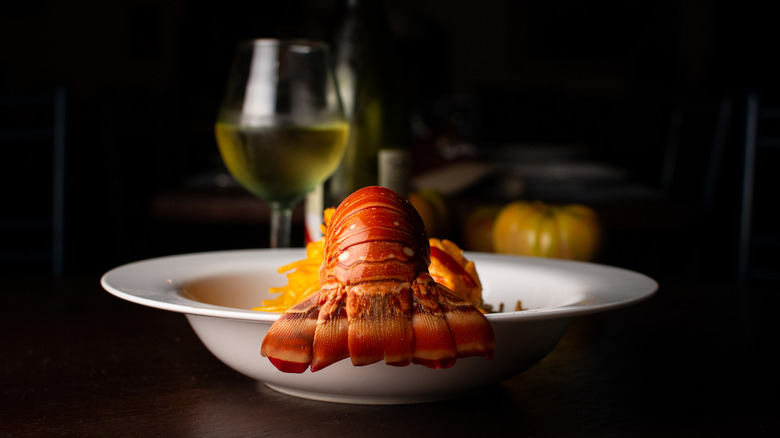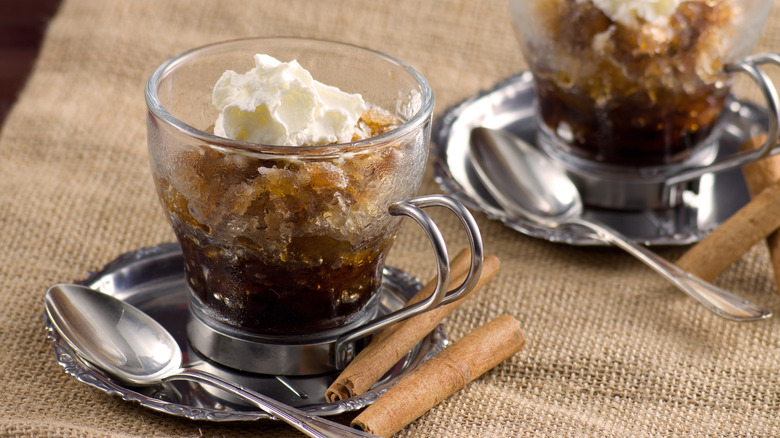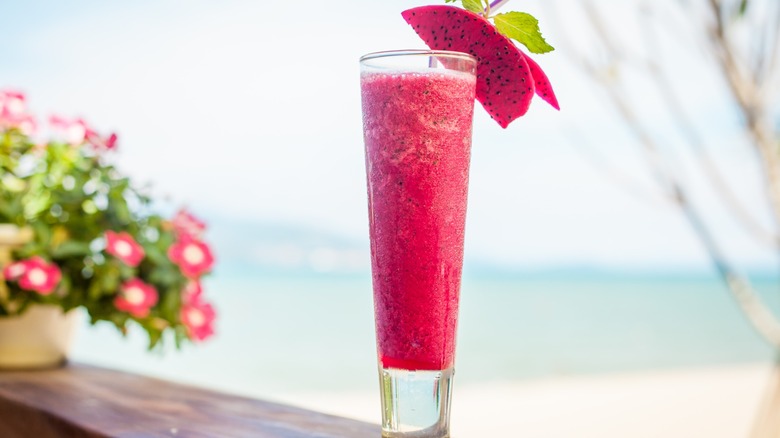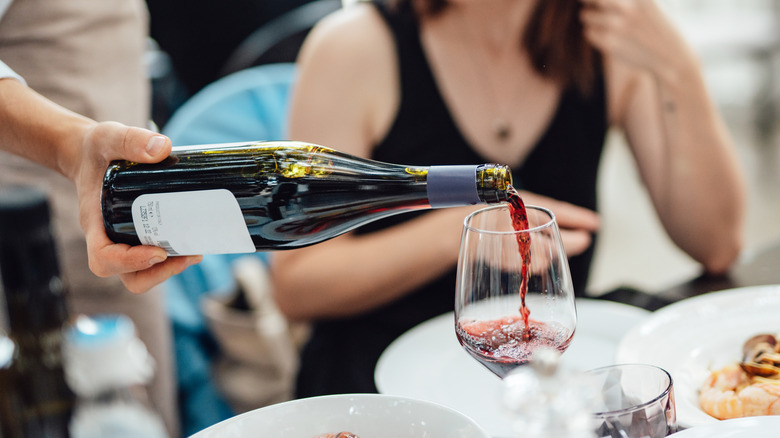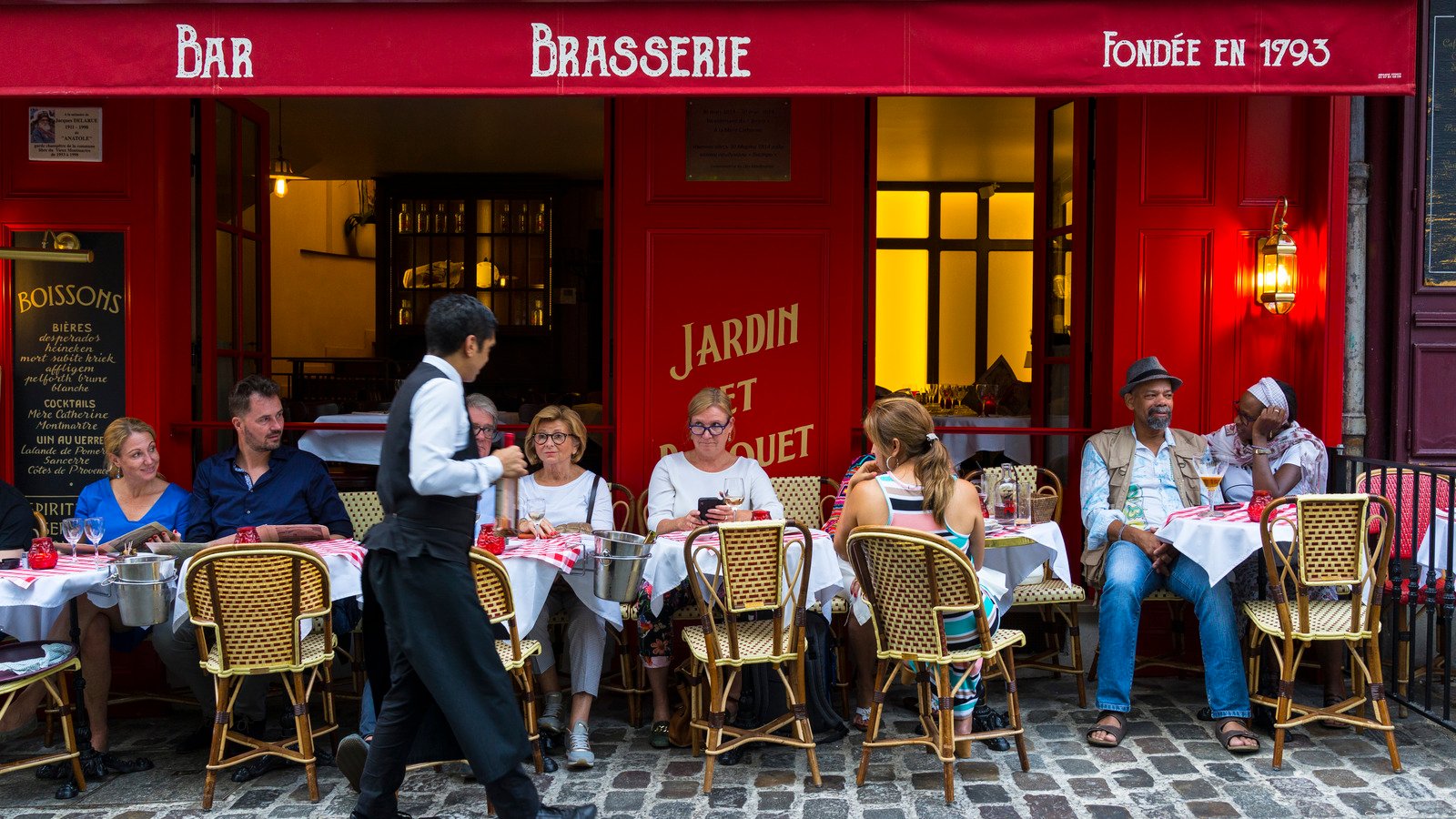The Key Difference Between A French Restaurant And A Brasserie
French cuisine is renowned worldwide for its elegance, refinement, and exquisite flavors. When dining at a French establishment, you may come across different types of venues, such as a French restaurant or a brasserie. While both offer delicious French fare, there are notable distinctions between the two. In this article, we will explore the key differences between a French restaurant and a brasserie, giving you insights into the unique experiences each can offer.
1. Setting and Atmosphere
The setting and atmosphere of a French restaurant greatly differ from that of a brasserie. French restaurants are often luxurious, featuring elegant decor, fine china, and a formal ambiance. Guests can expect a refined atmosphere, with soft lighting, comfortable seating, and an air of sophistication. The attention to detail in the design and presentation creates an intimate and upscale setting.
On the other hand, a brasserie has a more casual and relaxed vibe. Brasseries originated as brewery-based restaurants in the mid-19th century, creating a lively and convivial atmosphere. These establishments are bustling, often filled with locals enjoying a meal or a casual drink with friends. The decor is typically more rustic, with vibrant colors, larger tables, and a laid-back ambiance.
2. Menu
Another significant difference between a French restaurant and a brasserie lies in their menus.
French Restaurant:
French restaurants typically offer a prix fixe menu, which includes multiple courses and allows customers to experience a variety of flavors. The menu might feature classic French dishes like escargots, foie gras, coq au vin, or bouillabaisse. These restaurants often emphasize the use of high-quality ingredients, expertly prepared and presented with finesse.
Brasserie:
Brasseries, on the other hand, offer a more diverse and approachable menu. Their offerings include staple French dishes alongside more casual fare such as burgers, salads, and sandwiches. The menu typically features brasserie classics like steak frites, moules marinières, or croque-monsieur. The focus is on serving delicious food quickly, catering to a wider range of tastes and preferences.
3. Dining Experience
When it comes to the dining experience, French restaurants and brasseries offer distinct encounters for patrons.
In a French restaurant, the service is attentive and formal. The waitstaff is knowledgeable about the menu, recommending wine pairings and explaining the ingredients and origins of the dishes. The pace of the meal is unhurried, with each course thoughtfully presented and served. The overall experience is meant to be indulgent and leisurely, allowing diners to savor each bite and engage in good conversation.
Conversely, brasseries focus on providing a more relaxed and efficient dining experience. The service is often efficient and friendly, ensuring that patrons are promptly attended to. The atmosphere encourages lively conversations and a sense of conviviality. The emphasis is on quick and delicious meals, making brasseries popular choices for locals and tourists seeking a casual dining option.
4. Pricing
French restaurants generally have higher price points, reflecting the quality of ingredients, attention to detail, and overall luxurious experience they offer. The prix fixe menus often come at a fixed price, with options for various courses. This pricing structure allows guests to enjoy a full gastronomic experience but can be more costly compared to other dining options.
Brasseries, on the other hand, tend to be more affordable. Their menus offer a wider range of pricing options, accommodating various budgets. Patrons can opt for a quick and budget-friendly meal or indulge in heartier dishes without breaking the bank. Brasseries attract locals and tourists looking for a delicious French meal without the extravagant price tag.
5. Hours of Operation
Due to their elegant and formal nature, French restaurants often adhere to traditional dining hours, operating mostly during the evenings. They may have limited availability during weekdays for lunch, but evenings are usually their peak hours to cater to a refined dining experience.
On the other hand, brasseries cater to a wider range of dining timings. They are open for lunch and dinner, and many also serve breakfast. Brasseries offer flexible dining hours, accommodating early morning meals, midday bites, and late-night gatherings. This flexibility makes them a popular choice for French locals and tourists seeking a quick and delicious meal at any time of the day.
6. Accessibility
French restaurants, with their luxurious ambiance and formal setting, are often seen as more exclusive dining destinations. The dress code may require guests to dress up, and reservations are recommended to ensure a table at peak times. These establishments strive to provide an intimate and exclusive experience for their patrons.
On the contrary, brasseries are more accessible and casual. They typically accommodate walk-in customers, making it easier for both locals and tourists to enjoy a meal without prior reservations. The atmosphere is more relaxed, and the dress code, if any, is usually less formal. Brasseries offer a more inclusive and vibrant dining experience, inviting everyone to have a taste of French cuisine.
Conclusion
While both French restaurants and brasseries bring the flavors of France to the table, there are clear differences in their settings, atmosphere, menus, dining experiences, pricing, operating hours, and accessibility. French restaurants offer an elegant and refined experience, while brasseries focus on a lively and casual ambiance. Understanding these distinctions allows diners to choose the perfect venue for their desired dining experience, whether it be an indulgent evening or a quick bite with friends.
*Source www.foodrepublic.com





















